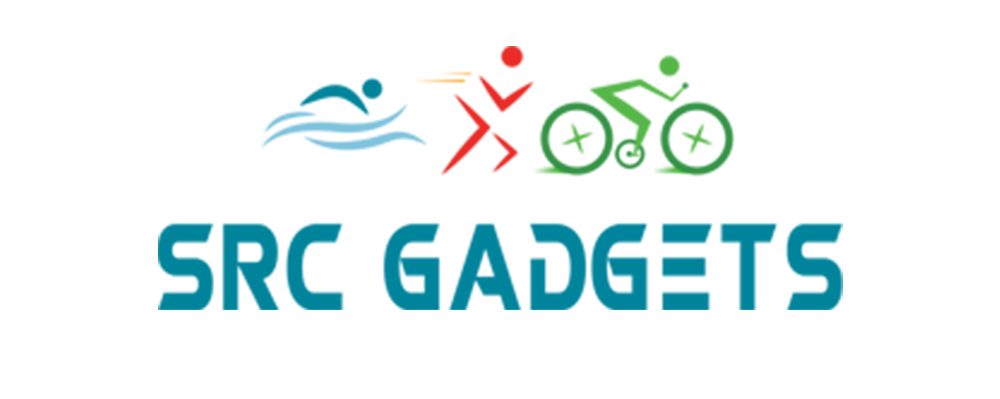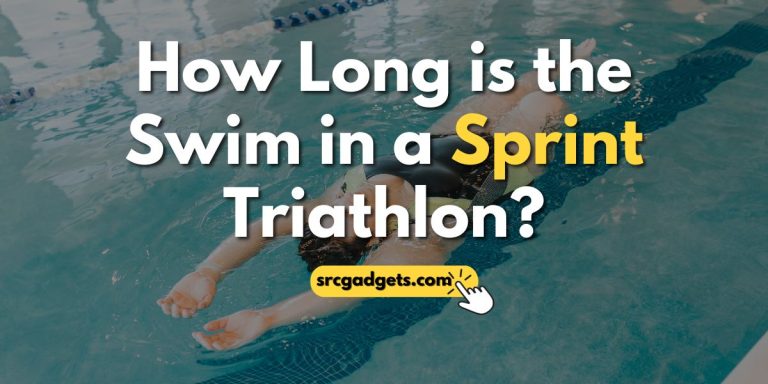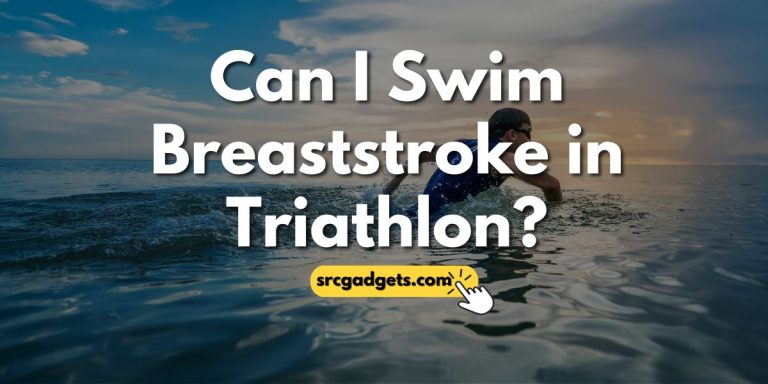How to Increase Swim Stroke Rate | Proven Techniques
In the vast world of swimming, there’s more to it than just splashing around. Think of it like playing a song. Sometimes, our rhythm might be slow, like a calm and peaceful melody.
But what if we wish to turn up the tempo to match the pace of a catchy, upbeat track? A common question many swimmers have is, ‘How can I increase my swim stroke rate?’ This is especially true for those aiming for better performance or a new personal best.
To increase your swim stroke rate, focus on improving arm turnover speed, maintaining a streamlined body position, practicing with drills like the ‘catch-up’ drill, using training tools like fins and paddles, and regularly monitoring your progress with a swim tempo trainer or coach feedback.
Remember those awe-inspiring moments when legends like Ryan Lochte and Michael Phelps seemed to glide through the water effortlessly? The secret to their speed and finesse is their stroke rate.
Fear not; we will delve deep into techniques, tips, and tricks that can help boost your stroke rate. We’ll cover everything from understanding the basics of good form to advanced drills. So, if you’re keen on turning your leisurely swim into a brisk and efficient exercise or even upping your game for competitive swimming, you’ve come to the right place. Let’s get started!
So, what exactly is this “stroke rate” thing?
In plain terms, stroke rate is how many times you move your arms through the water in a minute. Think of it as the swimming equivalent of RPM (revolutions per minute) in a car. You need to find that sweet spot where you’re not flailing like a fish out of water but not too slow that you’re floating.

But why does it matter?
For professional swimmers, nailing the perfect stroke rate can be the difference between clinching that gold medal or coming up empty-handed. You get your overall speed when you combine your stroke rate with the distance you cover with each stroke (known as DPS – distance per stroke). It’s a balancing act. If you crank up your stroke rate too much, your DPS might suffer.
Let’s break it down with an example.
Imagine a 50-meter freestyle race. You’ve got two swimmers, let’s call them A and B, neck and neck. Swimmer A has a stroke rate of 60 strokes per minute (SPM) and covers 1 meter with each stroke. On the other hand, Swimmer B has a stroke rate of 65 SPM but covers only 0.95 meters with each stroke. With that slightly higher stroke rate, Swimmer B finishes a smidge faster than Swimmer A.
The Crucial Role of Stroke Rate in Competitive Swimming
Let’s get real for a moment. In races, every tiny fraction of a second counts. We’ve all witnessed those heart-pounding finishes where a mere fingertip decides the winner. This is where stroke rate comes into play. It’s not just about swimming hard; it’s about swimming smart.

Ryan Lochte vs. Michael Phelps
Have you ever watched a medley relay and marveled at how each swimmer’s technique is unique? Take the epic showdowns between Ryan Lochte and Michael Phelps, for instance.
Both are absolute maestros in the water but approach their races differently. Lochte might have a slightly lower stroke rate, but he compensates with a powerful underwater pull.
Phelps, on the other hand, uses a shoulder-driven freestyle with a higher stroke rate. It’s like different strokes for different folks.
Race Pace and Finding the Right Stroke Rate
In sprint races, you often see swimmers cranking up their stroke rates to the max. It’s all about explosive power and sheer speed; however, the game shifts to longer distances, such as the grueling 1500 meters. It’s all about finding a sustainable pace.
Tips and Techniques to Boost Your Stroke Rate
If you’re eager to rev up your stroke rate (and who wouldn’t be?), here are some practical drills and tools to get you started.
The Tempo Trainer
Ever heard of the Finis Tempo Trainer? It’s a clever little gadget you can clip to your goggles. It beeps at intervals, helping you maintain your stroke rhythm.
Start with a comfortable beep rate and gradually reduce the time between beeps. Your mission? Sync your strokes with those beeps!
Pull Buoy Drills
Get yourself a pull buoy and place it between your thighs. This drill forces you to rely on your arms, highlighting the importance of a swift and efficient arm cycle. Count your strokes and aim to reduce that number each time you swim a set distance.
Hand Exchange Drill
Here’s a fun one for you. Swim freestyle, but when one hand enters the water, give it a little “high five” to the other hand before you begin the pull. This encourages a quicker hand exchange, which can boost your stroke rate.
Perfecting Your Balance
What’s right for you might not be right for your swimming buddy. But how do you discover your personal sweet spot? Let’s dive right in!
Understanding Open-Water Swimming vs. Pool Swimming
If you’re a triathlete or an open-water enthusiast, you know that open waters can get a bit choppy. In this environment, a slightly higher stroke rate can help maintain momentum, especially when dealing with waves and currents.
In the pool, it’s all calm and predictable, allowing for a steady rhythm. So, adjust your rate based on your surroundings. Open water is wild, unpredictable, and exhilarating, while the pool offers a controlled training ground. Each has its unique rhythm.
Stroke Index – Your New Best Friend
The stroke index is a way to measure how efficiently you swim. It’s calculated by multiplying your distance per stroke (DPS) with your stroke rate. A higher stroke index indicates better efficiency. So, don’t just aim for a higher stroke rate; strive for a more efficient stroke index. It can be a game-changer!
Work on Your Core
You might wonder what your core has to do with your arm strokes. Well, it turns out quite a bit! A strong core helps you rotate your body smoothly in the water, assisting in the recovery of your arms and the propulsive phase of your strokes. So, incorporate core exercises into your training regimen.
Learning from the Pro Swimmers
Ever wondered how the pros do it? What’s their secret to that mesmerizing, fluid motion in the water? Let’s unlock some of their techniques.
Hip-Driven vs. Shoulder-Driven Freestyle
Remember when we talked about Phelps and his shoulder-driven freestyle? That’s one approach. Another is the hip-driven technique, where the rotation of your hips powers your stroke. Both can achieve high stroke rates, but the key is figuring out which suits your body and style better. It’s a personal journey, and every lap you swim brings you closer to finding your perfect match!
Use of Tools like Fins
Ever tried swimming with fins? It’s not only incredibly enjoyable (hello, mermaid dreams!), but it can also enhance the propulsion of your kick. You can achieve a higher stroke rate with a stronger kick, complementing your arm cycle. It’s all about synergy in the water.
Feedback is Worth; It’s Weight in Gold
Last but not least, seek feedback. Whether from a coach, a fellow swimmer or even reviewing recordings of your sessions, feedback helps you pinpoint areas where you can improve. Remember, increasing your stroke rate isn’t just about moving your arms faster; it’s about honing your technique.
Conclusion
Whether training for a triathlon, preparing for a sprint, or simply seeking to enhance your leisurely swims, understanding and optimizing your stroke rate can be a game-changer.
But always remember that it’s not solely about numbers and techniques. At its core, swimming is about the joy of movement, the exhilaration of gliding through the water, and the sheer delight of becoming one with the element.
So, the next time you find yourself at the pool or facing the open water, remember this: Find your rhythm, trust your training, and let the water be your guide. Every swim is an opportunity to learn, grow, and savor the experience.
Frequently Asked Questions:
What is the swim stroke rate, and why is it important?
Swim stroke rate refers to the number of strokes a swimmer takes in a minute. It’s crucial because optimizing it can improve a swimmer’s efficiency and speed in the water.
How does body position affect swim stroke rate?
A streamlined body position reduces drag in the water, allowing for smoother, quicker strokes, which can lead to a higher stroke rate.
Are there specific muscles I should focus on strengthening to improve my stroke rate?
Focusing on the deltoids, lats, triceps, and core can generate more power and speed in each stroke, potentially increasing your stroke rate.





